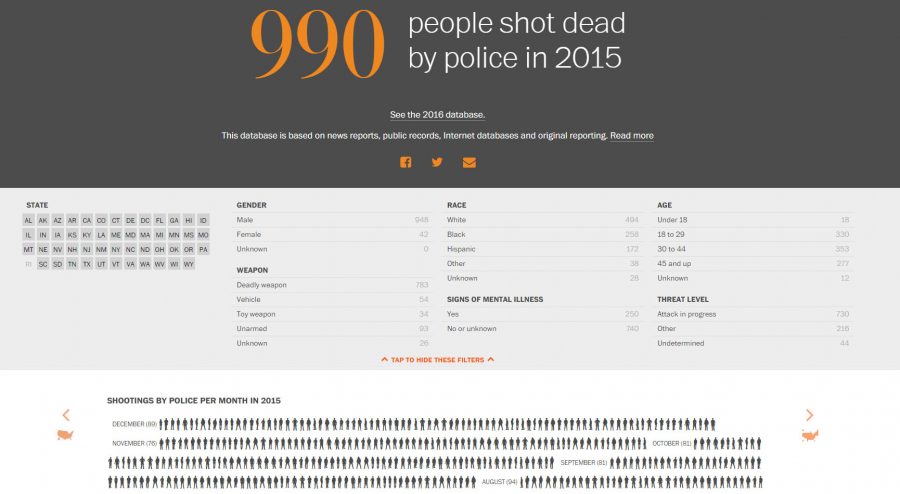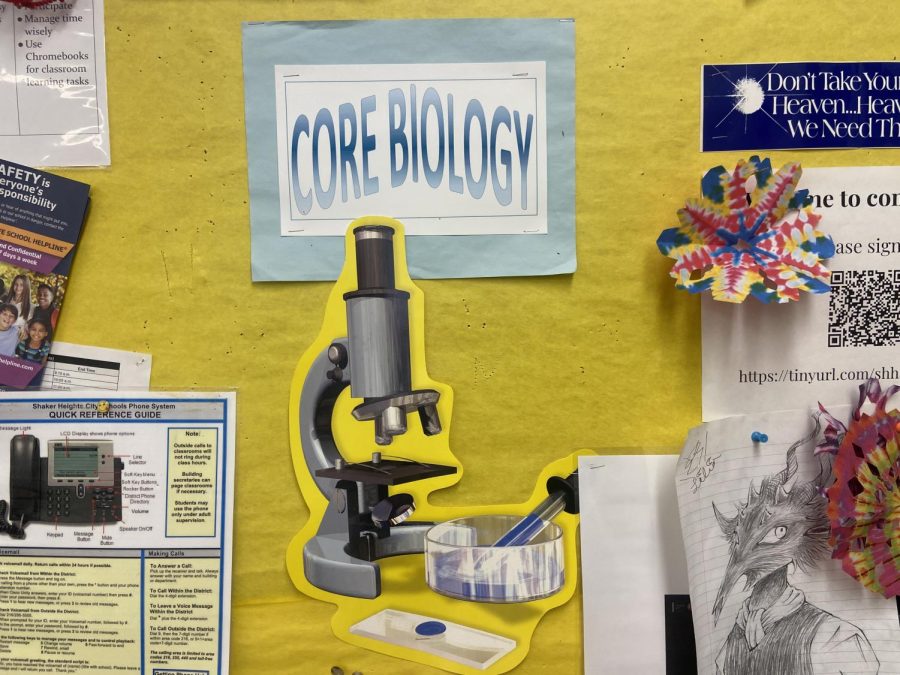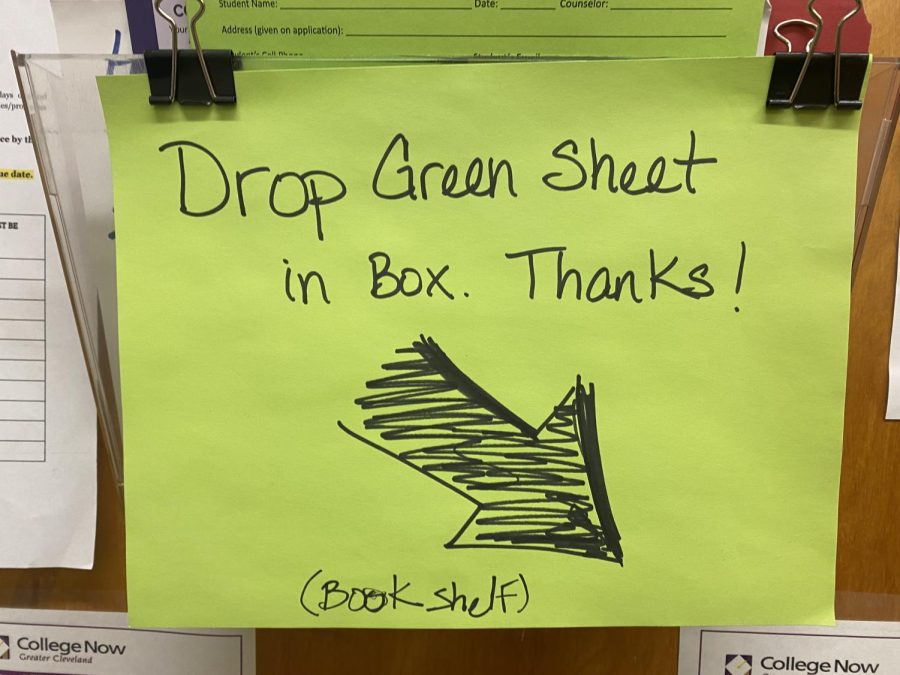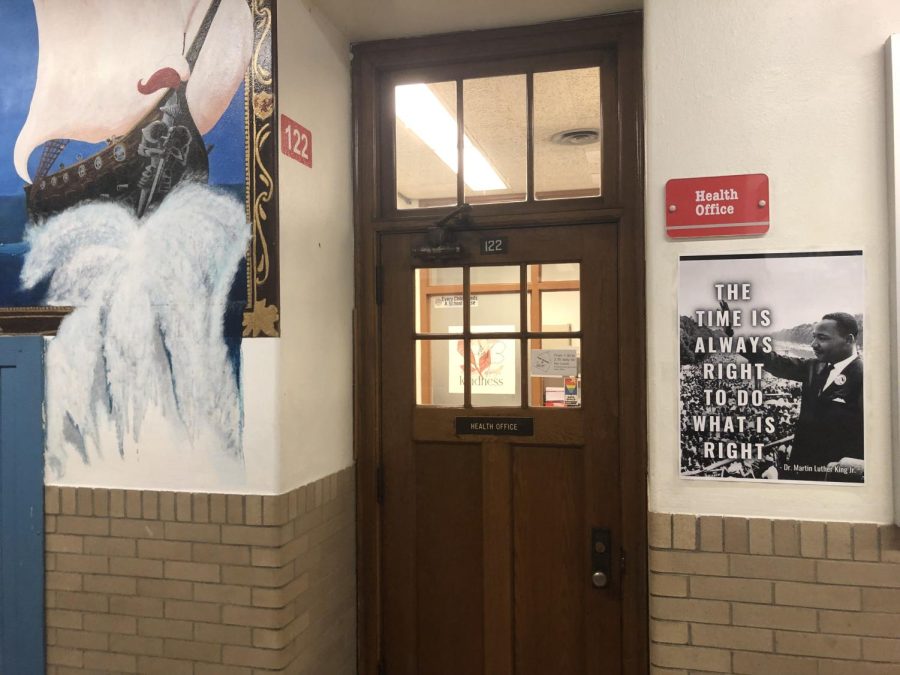At Woodbury Elementary School, approaches to alleviating the achievement gap range from technological programs to team-taught classes.
Sixth-grade teacher Ruth Heide mentioned a variety of programs applied at Woodbury. According to Heide, Woodbury students use the computer lab once a week to partake in a program students know as CCC, an acronym for Computer Curriculum Corporation. During this time, students use a CCC program for building math concepts and skills. (Pearson, which describes itself as “the world’s largest learning company,” now owns CCC).
According to Heide, CCC helps narrow the gap on standardized test scores. However, based on her observations of students, CCC does not help students learn math. CCC has been in use at the elementary schools for at least nine years.
Antonia Wylie, fifth-grade teacher at Woodbury, earned a doctorate in education, and her dissertation analyzed the effects of No Child Left Behind on gifted children. She described Reading Plus, a program similar to CCC that builds reading speed and comprehension. Wylie said that unlike CCC, Reading Plus doesn’t just improve students’ standardized test taking abilities. “It increases their skills,” she said.
Wylie said Reading Plus has some problems, such as an inability to motivate some students, which she says another program, Accelerated Reader, helps. Accelerated Reader tracks whatever books students want to read and assigns point values to them. Students must collect a certain number of points by the year’s end. “Most of the books in the Woodbury library are in the program, and many from the main library,” Wylie said.
Wylie said some students who are behind can read easier books, only worth half a point each. When these students’ abilities improve, they can move on to books with higher point values. Advanced students can read very difficult books such as “Lord of the Rings,” worth 20-30 points, so they don’t become bored.
Wylie says these programs are very effective. “I think they’re definitely worth it,” she said. “They definitely bring up the test scores. They definitely bring up the students’ reading comprehension ability.”
In addition to these computer programs, a team-teaching program has existed at Woodbury for a long time. Two teachers create a team, and they exchange students so one teacher teaches only language arts and social studies, while the other teaches only math and science. This means each teacher teaches two classes of each subject.
Heide, who team-teaches with Judith Wells, doesn’t just trade classes with Wells, but selects each group based on achievement. Heide and Wells divide the classes into a higher and lower class, so the students in the lower class can receive full attention to help them rise. This way the higher class does not drag the lower behind and the lower does not hold the higher class back. Wylie said she does the same with her team teacher, Diane Mulligan.
“Low kids need some higher kids in the classroom for something to shoot for,” Wylie said.
Heide and Wells purposely avoid dividing the students half in each class. “I only have about 10 students in my lower class,” Heide said. Heide and Wells put students in the middle in the higher class, so the higher-achieving students can bring up the lower-achieving students. They also make sure to teach the higher class at the higher level instead of simplifying the curriculum for the lower-achieving students.
According to Heide, Enriched Language Arts and Enriched Math classes do the same. Minority students have lower admission standards for ELA and EM, so the higher-achieving students can help raise the lower-achieving students out of the CP classes. Heide said this doesn’t simplify ELA and EM because if students cannot cope, they can always take the standard math or language arts class.
Recently, Woodbury has introduced some intervention specialists who act as the third teacher in two-teacher teams. Sometimes, the classroom teacher will conduct class while the intervention specialist patrols the class and helps confused students, so the teacher need not stop class for each student issue. Sometimes those roles are reversed. Intervention specialists usually help the lower classes and plan how to tackle issues regarding the achievement gap with the classroom teachers.
Teachers are required to identify certain students who require the most help, and “they’re supposed to focus on those identified kids,” Wylie said. Heide and Wylie both give these students additional after-school instruction and tutoring. Heide said some teachers try other tactics such as always calling on these students.
Wylie said a little less that a fourth of her students enroll in Shaker schools during the school year, and the district should provide testing for these students. “New students should be profiled and placed,” Wylie said. Wylie said that because grade levels don’t match other districts’, and student abilities don’t match their grade level, the district should place students according to ability, not previous grades.
“Teachers should be more informed about new students,” Wylie said.
Wylie also said students are often placed incorrectly in one subject, but not the other. “Everything is around math,” Wylie said. Wylie said some students are placed in the higher language arts class when not ready because they scored highly in math.
According to Wylie, the biggest problem is that students don’t take responsibility for their work. When students miss class and she gives them make-up instruction during recess, these students don’t realize it’s not a punishment. Teachers have to sacrifice their lunch break for this extra instruction, and it’s unhelpful when the student doesn’t want to participate.






